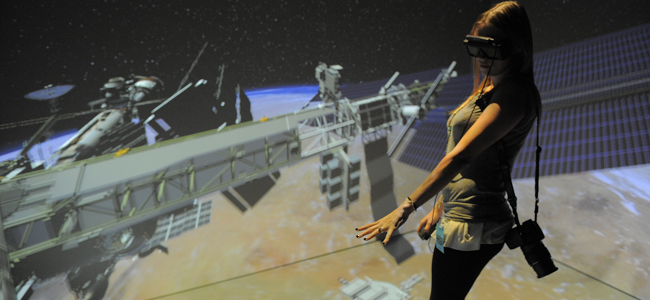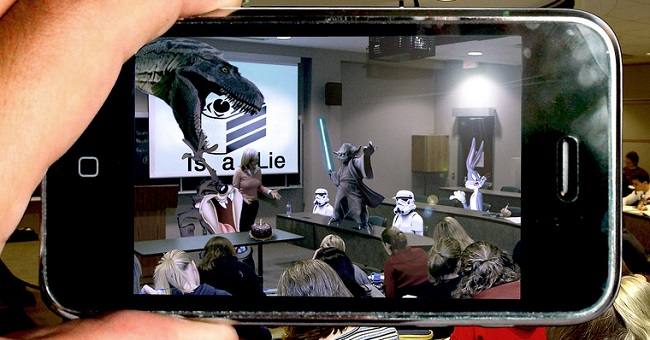Augmented Reality is a new and upcoming technology which could have a big impact in education across the board in the coming years, and in the modern world children are using and becoming accustomed to technology at a much younger age. Technology is also influencing our lives at a much greater scale than ever before which is why it is important that the education sector keeps pace with this and prepares children for the world they will be inheriting in the future. The classroom must always try to reflect the world children are experiencing outside.
From virtual reality (VR) field trips to virtual campus tours to aid recruitment, the future of education is one filled with exciting and untold possibilities. The Innovation Index survey, carried out by an independent party and commissioned by Bett, consisted of extensive research into the UK and EU education market, with responses from over 1,700 educators. There was a strong consensus on the benefits of edtech among 87% of the educators surveyed. Findings revealed that VR is not only here to stay; it’s set to become the ‘next-big-thing’ in the classroom, with headsets being considered by nearly a quarter of institutions.
Educational technology is in constant flux, so finding out what the leading educators are getting up to is vital. In the latest IMS Guide - available here - five innovative technophiles share tips for making the most of edtech…
Artificial Intelligence (AI) has the potential to revolutionise learning and enrich the classroom environment in a way that most teachers probably aren’t aware of. Whilst the technology itself isn’t new to education, it is yet to be utilised to its full potential. Too often, AI is perceived to be disruptive, or is employed to produce a specific outcome – better exam results being the obvious example. Teachers need to recognise that, actually, AI can slot effortlessly into normal teaching practice, and it can provide immeasurable benefits that go much further than simply ticking boxes.
On Wednesday last week I sat in an innovation symposium with a Virtual Reality headset on. I was then strapped into a sports seat mirroring one that one would find in a modern racing car. The helpful assistant informed me that when the program begins I might find the 360°, fully immersive experience slightly disorientating. Being a son of a digital revolution that for me began with the Amstrad CPC 464, I dismissed his comment with an arrogance that these days is usually demonstrated by someone located in an office that is oval shaped. How dare he think that I would find the experience disorientating? He has clearly never played Manic Miner!
As any teacher knows, it can be difficult to hold the attention of pupils across the entire curriculum. There are subjects that get unruly classrooms to sit up and pay attention, but sometimes you can see their eyes glazing over as you explain number-bonds, or try to get them to focus on a piece of creative writing! Technology offers new and exciting ways to combat this, without putting undue burden on teachers. Here at Computeam we’re passionate about sharing these techniques, something we’ll be doing at our Spring conference in February 2017.
Teachers often excel at opening up new worlds for learning all in their pupils’ minds. If they want to go one step further, says AVonics director John Marsh, they can try immersive environments...

The last five years have seen a dramatic change in the way we receive and process information. We rely on the digital world for news, questions and opinions. So why should our teaching environment be any different?
It’s arguable that the area of education that embraces technology the most is SEN. Here, journalist and health specialist Felicity Dryer looks at how Virtual Reality is being used to help pupils with special needs.

The use of Virtual Reality (VR) technology in the special education arena has become an increasingly popular idea over the years, spawning a series of scientific studies to help validate their effectiveness. VR has been used worldwide in a wide range of careers, including the areas of medicine, the military, sports, and engineering for training, collaboration, product design and information delivery purposes.

A community-driven platform for showcasing the latest innovations and voices in schools
Pioneer House
North Road
Ellesmere Port
CH65 1AD
United Kingdom